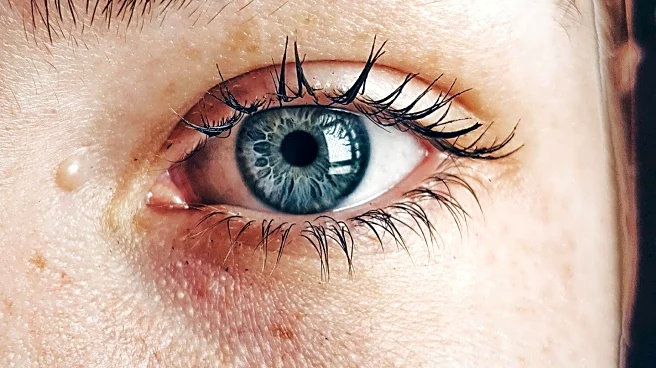What's Happening?
Researchers at National Taiwan University have discovered that natural fatty acids found in the skin can trigger hair stem cells, leading to hair regrowth in laboratory mice within 20 days. The study,
published in Cell Metabolism, found that fat cells beneath the skin release fatty acids after mild skin injury, which reactivates dormant hair follicles. When the fat breakdown process was blocked, hair regrowth stopped, but applying fatty acids directly to the skin resulted in visible hair regrowth. The findings suggest that controlled inflammation following mild skin injury plays a key role in reactivating hair follicles, offering potential for future baldness treatments.
Why It's Important?
This discovery could pave the way for new treatments for baldness, a condition affecting millions worldwide. The use of naturally occurring fatty acids presents a promising avenue for developing non-invasive therapies for hair loss. While the research is still in its early stages and has not been tested on humans, it highlights the potential of stem cell activation in regenerative medicine. If successful, this approach could revolutionize hair loss treatments, providing a safe and effective solution for those affected by androgenetic alopecia and other forms of hair loss.
What's Next?
Further research is needed to test the applicability of these findings to human hair loss. Larger studies are required to evaluate the effectiveness of fatty acids in treating androgenetic alopecia. Researchers will need to explore how hair stem cells detect injury and trigger regeneration in human tissues. Until then, individuals experiencing hair loss are advised to rely on existing treatments and consult certified dermatologists for guidance.
Beyond the Headlines
The study underscores the growing interest in stem cells and tissue regeneration. Stem cells have the unique ability to differentiate into any type of cell, making them a key focus in regenerative medicine. The challenge lies in guiding these cells into desired tissues, which could have broader implications for treating various conditions beyond hair loss.











